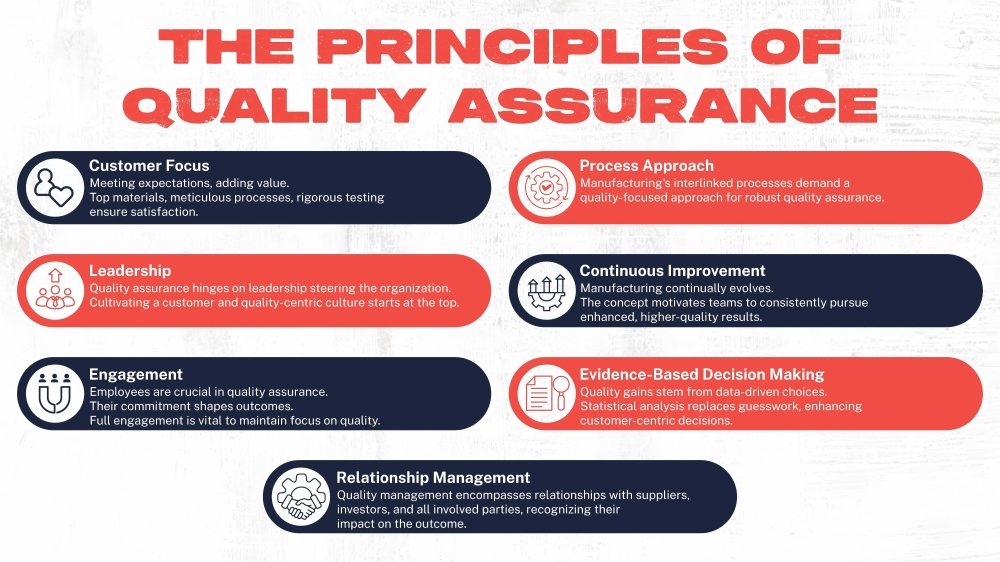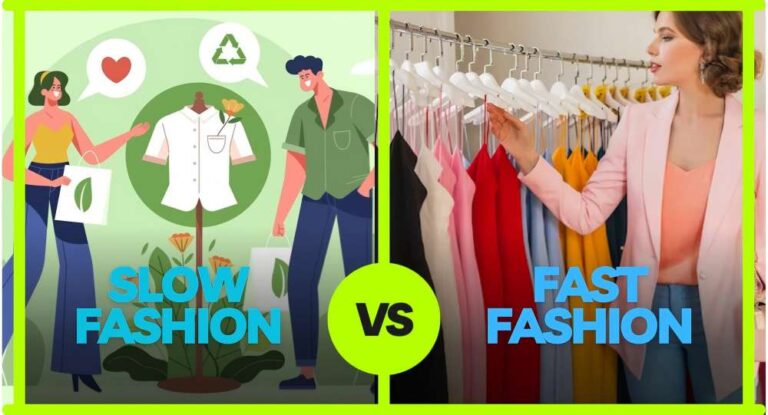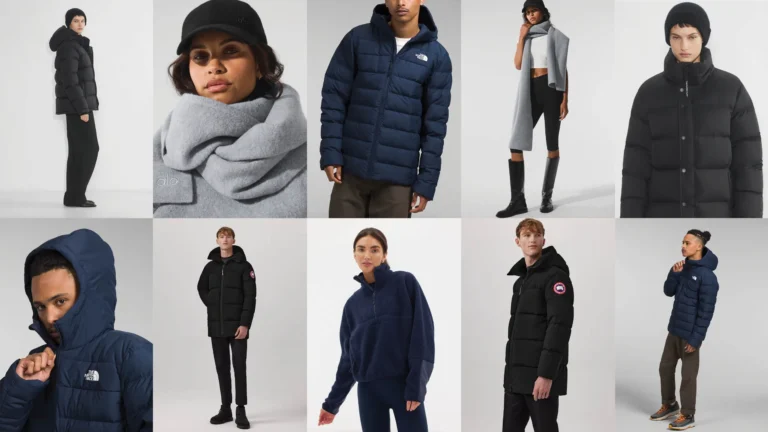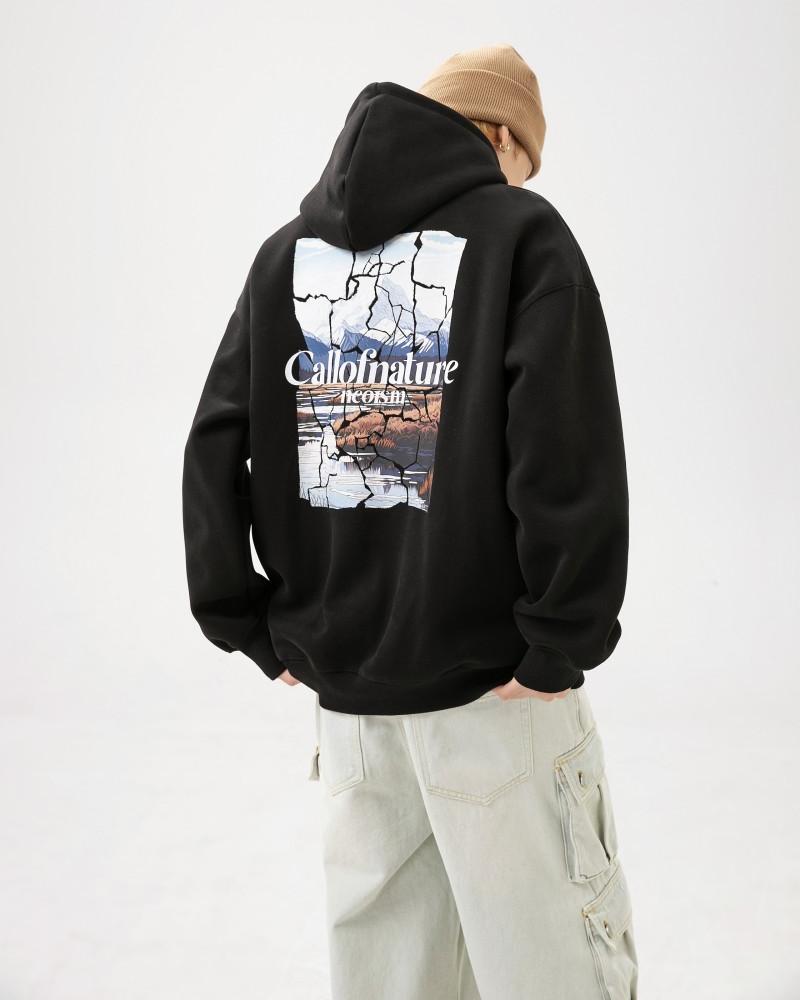-
No. 28, Zhanqian 1st Street, Liuhua Subdistrict, Yuexiu District, Guangzhou City

Why choose European certified clothing manufacturers? Compliance, transparency and nearshore advantages analysis
Table of Contents
Abstract
Against the backdrop of global supply chain reshaping and stricter EU regulations, Why choose European certified clothing manufacturers clothing brands are facing unprecedented compliance pressure. This article systematically analyzes the 10 core advantages of sourcing from European certified manufacturers, covering nearshore outsourcing efficiency, SMETA social responsibility audit, GOTS/GRS certification value, ISO system assurance and legal compliance necessity, providing brands with a basis for decision-making on supply chain transformation. Data shows that certified suppliers that comply with the new EU regulations can reduce operational risks by 40% (McKinsey 2023) and increase consumer trust by 65% (Edelman Trust Barometer).

1. Nearshore outsourcing: speed reconstructs business competitiveness
Why choose European certified clothing manufacturers European nearshore manufacturing shortens the traditional 6-8 month Asian delivery time to 2-4 weeks, achieving agile supply chain response.
Argument:
Logistics efficiency: Land transport from Belgrade to Paris takes only 72 hours, 87% faster than sea transport (DHL 2023 data)
Inventory optimization: Zara achieves a 14-day replenishment cycle through the Spanish/Portuguese nearshore network, reducing the unsalable rate by 23% (Inditex annual report)
Hidden cost advantage: The comprehensive manufacturing cost in Europe (including tariffs and inventory holding costs) is 12-18% lower than that in Asia (BCG supply chain research report)
2. SMETA audit: a firewall against legal risks
Sedex’s SMETA four-pillar audit (labor/health/environment/business ethics) is a pre-compliance solution for the EU CSDDD directive.
Argument:
2-pillar basic version: Covers the requirements of the ILO core conventions and solves basic compliance issues such as child labor and forced labor
4-pillar full version:
Requires wastewater treatment compliance report (for printing and dyeing)
Textile waste disposal contract is required (to verify circular economy practices)
Business ethics audit includes anti-bribery document review (in compliance with the German SCDDA Act)
Brand protection value: The risk of clothing recalls through SMETA factories is reduced by 34% (Sedex case library)
3. Hard constraints of the German Supply Chain Act (SCDDA)
Why choose European certified clothing manufacturers The German law that will take effect in 2023 requires companies with annual revenue of more than 400 million euros to review the social responsibility of third-tier suppliers.
Argument:
Penalty standard: Up to 2% of global turnover (typical case: a fast fashion brand was fined 3.8 million euros in 2023)
Document requirements: Supplier wage records and working hours data must be kept for at least 7 years
Solution: Choosing European manufacturers that have passed SMETA audits can reduce 82% of compliance workload (PwC compliance cost calculation)
4. GOTS/GRS certification: the core carrier of sustainable premium
The Global Organic Textile Standard (GOTS) and the Global Recycling Standard (GRS) are recognized certifications for the EU DPP digital passport.
Argument:
Market premium: The terminal price of GOTS certified products increases by 15-30% (Textile Exchange market monitoring)
Material threshold:
GOTS requires at least 70% organic cotton (GMO seeds are strictly prohibited)
GRS requires 50% recycled materials (plastic bottle recycling traceability documents must be provided)
Consumer awareness: 68% of EU consumers identify sustainable products through certification labels (EU Ecolabel survey)
5. ISO system: dual guarantee of quality and carbon management
ISO 9001 (quality) and ISO 14001 (environment) certifications constitute the baseline requirements for European manufacturing.
Argument:
Why choose European certified clothing manufacturers Production defect rate: The defective rate of ISO 9001 factories is 41% lower than that of non-certified factories (TÜV Rheinland data)
Carbon management advantages:
ISO 14001 companies reduce energy consumption by 28% on average (EU EMAS statistics)
Meet the EU CBAM carbon border tax reporting requirements
Purchasing tendency: 83% of European brands use ISO certification as a hard indicator for supplier access (H&M Supplier White Paper)
6. Supply chain transparency: from moral choice to legal obligation
Why choose European certified clothing manufacturers The EU Corporate Sustainability Due Diligence Directive (CSDDD) requires full chain traceability by 2027.
Argument:
Technical means: Blockchain traceability system reduces compliance audit time by 60% (IBM supply chain solution)
Cost comparison: The compliance cost of transparent European supply chains is 19% lower than that of opaque Asian chains (McKinsey calculation)
Case reference: Primark was punished for being removed from shelves for failing to provide traceability evidence of Turkish cotton fields (EEB notification in 2023)
7. Rapid response capability: the key to responding to market changes
European manufacturing supports small batches and high frequency orders to meet the needs of the DTC model.
Argument:
Minimum order quantity: The average MOQ of Portuguese factories is 200 pieces, 80% lower than that of China (Mango supplier data)
Design to shelf: Italian knitwear manufacturers can achieve a 15-day sample development cycle (Pitti Filati exhibition report)
Inventory turnover: Nearshore supply chain reduces unsalable inventory by 37% (Zalando operating data)
8. Cultural synergy advantage: reduce communication loss
The same regional culture eliminates hidden costs in cross-border cooperation.
Argument:
Time zone advantage: European teams respond 5.2 times faster than Asian teams (Slack work efficiency study)
Dispute resolution: EU court litigation takes an average of 11 months, 63% faster than cross-border litigation in Asia (CEPELI Judicial Report)
Design fit: Eastern European manufacturers have an 89% higher accuracy in understanding Western European trends (WGSN trend analysis)
9. Policy dividends: Enjoy EU subsidies and tax incentives
Choosing European manufacturing can obtain green transformation funding support.
Argument:
Subsidy case: Italy will provide 420 million euros in automation transformation subsidies to the textile industry in 2023
Tax relief: France provides a 21% tax credit for investment in sustainable production equipment (PACTE Act)
Trade facilitation: European-made products are exempt from CBAM carbon tariffs (implemented from 2026)
10. Future verification: lock in compliant supply chains in advance
The EU 2027 DPP regulation requires each garment to carry a digital passport.
Argument:
Data requirements: 53 data items such as material source, carbon footprint, recycled content, etc. need to be uploaded (EU DPP draft)
Technical reserves: Currently only 29% of Asian factories have DPP data systems, while Europe has 71% (Accenture survey)
Pioneer case: Gucci has deployed a QR code traceability system for all European products (Kering Group announcement)
Summary and action suggestions
Choosing European certified manufacturers is no longer a moral choice, but a business necessity to avoid legal risks and improve operational efficiency. The core value is reflected in:
Compliance guarantee: SMETA+GOTS+ISO combination meets all current EU regulations
Cost reconstruction: The hidden cost advantage of nearshore manufacturing is 12-18%
Market premium: Certified products have a 15-30% price increase space
Brand action path:
Prioritize manufacturers with 4-pillar SMETA audits
Require suppliers to provide GOTS/GRS certificate numbers (verifiable in the official database)
Complete supply chain DPP compliance transformation by 2026
European manufacturing is transforming from a cost center to a value creation center. Is your supply chain ready?
FAQS
1. What are the key benefits of sourcing from European manufacturers?
Faster delivery: 2-4 weeks vs. 6-8 months from Asia
Lower hidden costs: 12-18% savings (tariffs, inventory, compliance)
Higher compliance: SMETA/GOTS/ISO certifications reduce legal risks
2. How does SMETA audit protect brands?
Ensures compliance with EU CSDDD & German Supply Chain Act
Reduces recall risks by 34% and child labor violations
Covers labor, environment, ethics & business practices
3. What penalties apply under the German Supply Chain Act?
Fines up to 2% of global revenue
Requires 7-year wage records from suppliers
SMETA-certified factories cut compliance workload by 82%
4. Why are GOTS/GRS certifications valuable?
GOTS (organic cotton): 70%+ organic content, 15-30% price premium
GRS (recycled materials): 50%+ recycled content, traceable sourcing
Recognized by EU Digital Product Passport (DPP)








